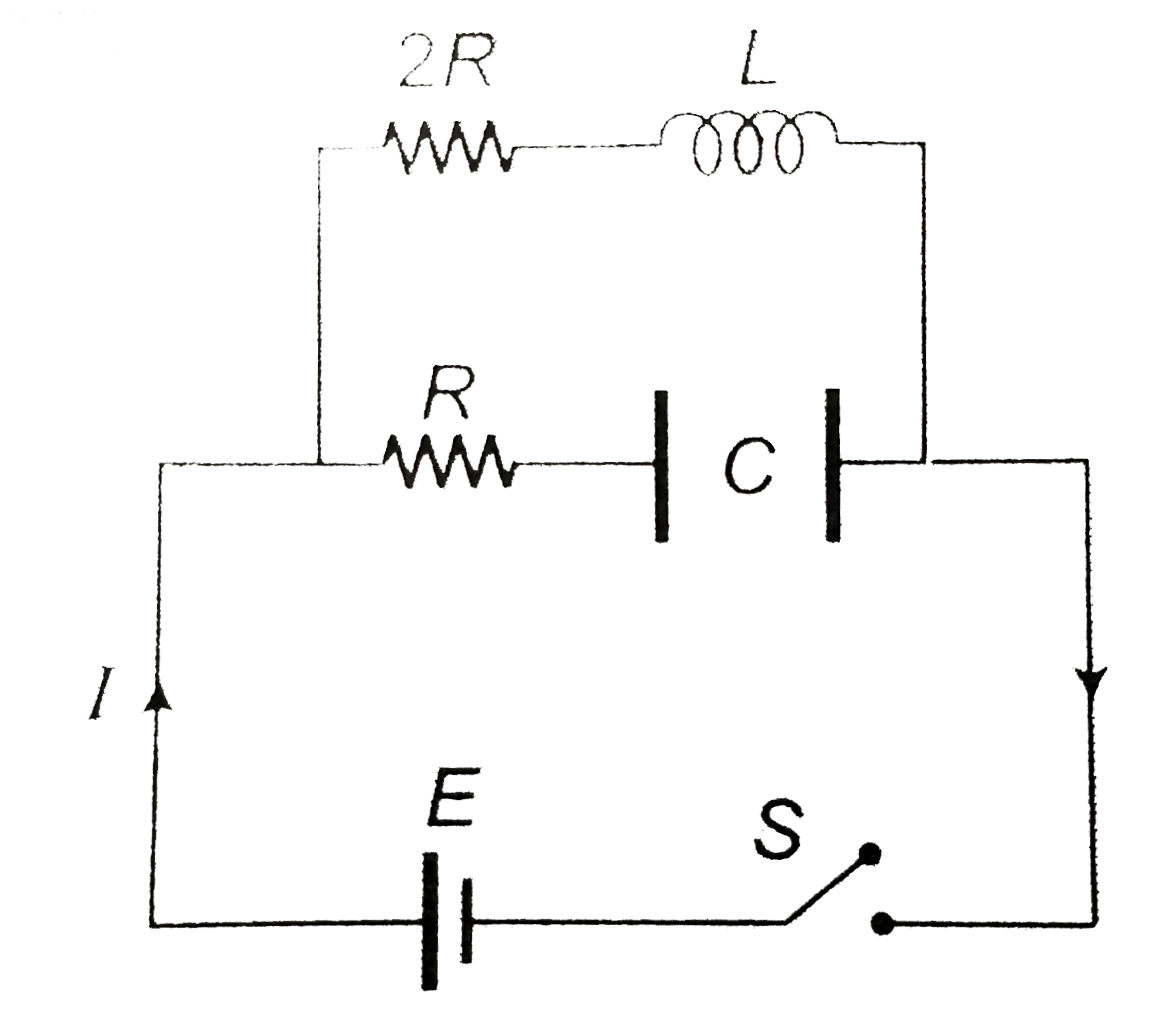Consider the situation shown in figure.The switch is closed at t=0when the capacitor C1as a function of time t.
 Solution in Tamil
Solution in Tamil
Ceff=((C1)C2C1+(C2))
q=Ceffε(1−e−1nc) .
Topper's Solved these Questions
- BOOK - HC VERMACHAPTER - ELECTRIC CURRENT IN CONDUCTORSEXERCISE - objective 29videos
ELECTRIC CURRENT IN CONDUCTORS
- BOOK - HC VERMACHAPTER - DISPERSION AND SPECTRAEXERCISE - Exercises11videos
DISPERSION AND SPECTRA
- BOOK - HC VERMACHAPTER - ELECTRIC CURRENT THROUGH GASESEXERCISE - Exercise23videos
ELECTRIC CURRENT THROUGH GASES
Similar Questions
Electrons are emitted by a hot filament and are accelerated by an electric field as shown in figure .The two stops at the left ensure that the electron beam has a uniform cross-section.
 01:59View Solution
01:59View SolutionA flint glass prism and a crown glass prism are to be combined in such a way that the deviation of the mean ray is zero. The refractive index of flint and crown glasses for the mean ray are 1.620 and 1.518 respectively. If the refracting angle of the flint prism is 6.0∘, what would be the refracting angle of the crown prism ?
02:19View SolutionA discharge tube contains helium at a low pressure. A large potential difference is applied across the tube. Consider a helium atom that has just been ionized due to the detachment of an atomic electron. Find the ratio of the distance travelled by the free electron to that by the positive ion in a short time dt after the ionization.
02:53View SolutionThe switch shown n the figure is closed at t=0 . The charge on the capacitor as a function of time is given by
05:45View SolutionIn the circuit shown in figure, the capacitor is charged with a cell of 5V .If the switch is closed at t=0 , then at t=12s , charge on the capacitor is
04:38View SolutionIn the circuit shown, switch S is closed at time t = 0 . Find the current through the inductor as a function of time t .
11:03View SolutionThe circuit shows in Fig. is in the steady state with switch S_(1) closed. At t = 0,S_(1) is opened and switch S_(2) is closed. a. Derive expression for the charge on capacitor C_(2) as a function of time. b. Determine the first instant t , when the energy in the inductor becomes one-third of that in the capacitor.
03:52View SolutionIn the circuit diagram shown, intially there is no energy in the inductor and the capacitor. The switch is closed at t=0 . Find the current I as a function of time t .
 02:09View Solution
02:09View SolutionConsider two circuits given below. When switches S_(1) and S_(2) are closed at t = 0 , the charge on capacitors C_(1) and C_(2) change with time as shown in graph 1 and 2 respectively. The current i_(1) and i_(2) in the two circuits change as shown in graph 1' & 2' respectively. Write the variation of current in the second circuit as function of time after the switch is closed at t=0. e^(-1) =0.37
02:05View SolutionInitially the capacitor is uncharged find the charge on capacitor as a function of time, if switch is closed at t=0.
02:20View SolutionIn the circuit shown below the switch is closed at t=0 . For 0 lt t lt R (C_(1)+C_(2)) , the current I_(1) in the capacitor C_(1) in terms of total current I is
03:43View SolutionIn the following circuit, the switch S is closed at t = 0. The charge on the capacitor C_(1) as a function of time will be given by (C_(eq)=(C_(1)C_(2))/(C_(1)+C_(2)))
02:10View SolutionThe switch S of the circuit is closed at t = 0. Find the current (in Amp.) through the capacitor when the switch S is closed at t = 0
03:37View SolutionIn the following circuit, the switch S is closed at t = 0. The charge on the capacitor C_(1) as a function of time will be given by (C_(eq)=(C_(1)C_(2))/(C_(1)+C_(2)))
03:25View SolutionThe switch shown n the figure is closed at t=0 . The charge on the capacitor as a function of time is given by
10:22View SolutionIn the circuit shown in figure, the capacitor is charged with a cell of 5V .If the switch is closed at t=0 , then at t=12s , charge on the capacitor is
05:04View Solution

